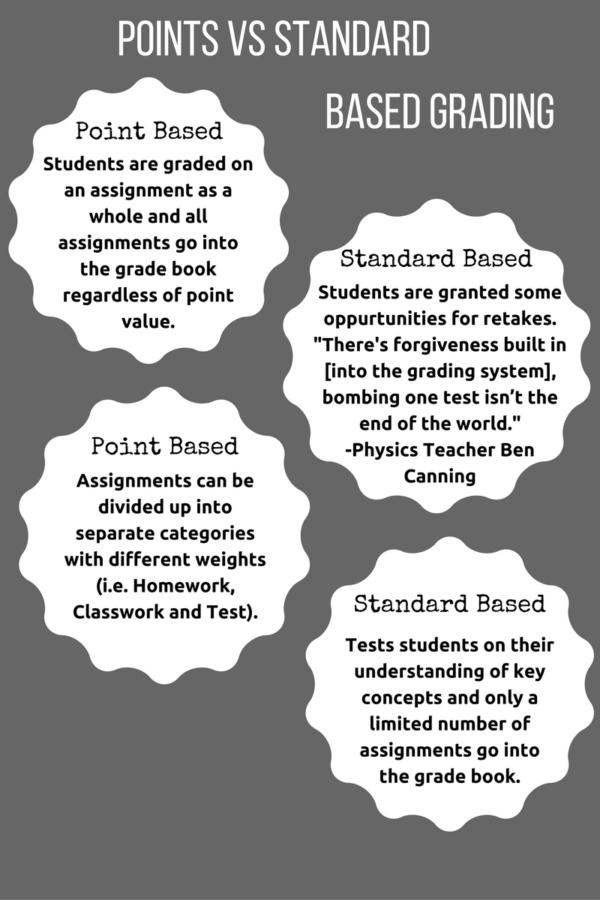Standard based grading passes with E’s—not A’s
December 14, 2016
The standard-based grading system has developed mixed feelings.
“It’s shifted our conversation about grades to talking about students’ performance,” Physics teacher Ben Canning said.
Standard based grading is a growing trend across schools that focuses on how well students understand and apply concepts in the assignment as opposed to the traditional grading system where one is graded on the assignment as a whole.
Sequoia currently implements this grading system in Physics, IB Physics, Algebra II/Trigonometry and IB History years 1 and 2. Currently the classes using the standard based system all apply it differently.
“[For Essential Knowledge quizzes in Physics] if you get a certain amount of questions right you get proficient, and, if not, you can take as many retakes as you need,” freshman Hugo Greenhill said. “[For application and transfer and lab skills exams] there are a bunch of different levels and each level has a different number of questions you need to get right.”
Apart from the Exceeding-Meeting-Approaching-Starting-No Evidence system (EMASN) Algebra II/Trigonometry uses the four point GPA scale.
“[Our system] mirrors the GPA system, which is used for so much because it gets a sense of a student’s ability in one number… Everything recognizes it [as a good system].” Algebra II/Trigonometry teacher Myndi McDonald said. “I had already started naturally using the GPA [scale].”
With change comes differing opinions.
“I don’t feel like it’s really motivating learning as much as it is studying for a test and just that material,” senior Spencer Bravo said.
Students generally like and dislike aspects of the standards-based system, however execution is important.
“We don’t get 80 percent [on tests]. We get GPA grades, like three out of four … You have to take the extra step to calculate what you got,” sophomore Cassidy Flynn said. “I think this system is helpful because I know exactly what I need to work on.”
Teachers have strong beliefs on the system’s efficacy in making sure students learn enough to succeed.
“Ultimately, I think students benefit a lot more from it,” Canning said. “It lets us concentrate on what [students] can show in terms of their understanding as opposed to ‘Can you check these boxes of the exact thing I need you to write or say?’”
This is the first year that most students have been in a class that uses standard-based grading. Learning how to succeed in a nontraditional grading style has been confusing and a learning experience in and of itself.
“You’re not used to it,” Flynn said. “This is the first class that I’ve experienced where I get grades like that.”
Whether or not the student likes the grading in the class, some believe there is no difference in their chances of doing well.
“Students [can] succeed in either type [of grading], but it’s definitely possible for students to not succeed.” Bravo said.







